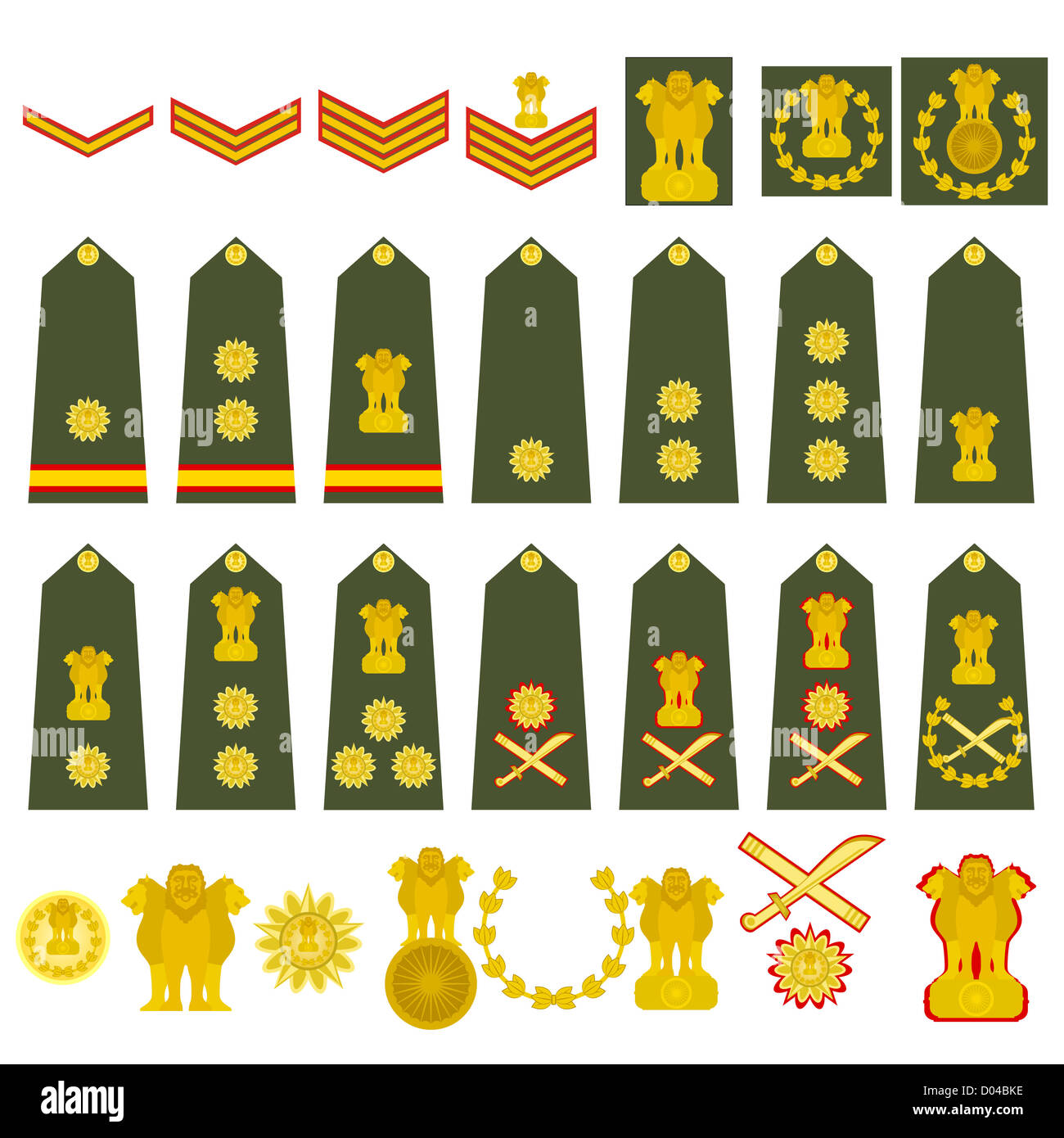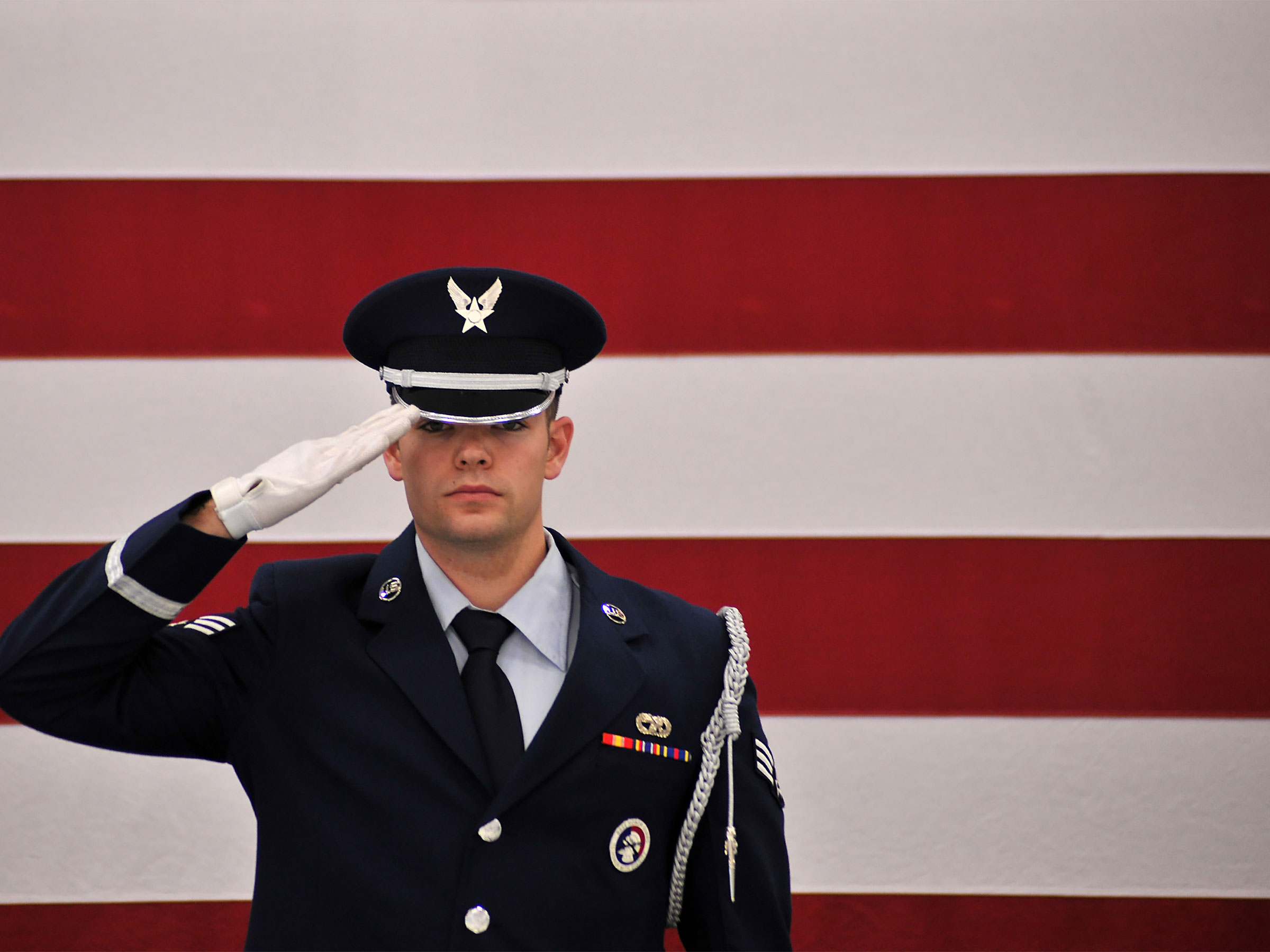Nigeria Military Ranks: Understanding The Hierarchy And Structure
Alright folks, let's dive right into the world of Nigeria's military ranks. Whether you're a history buff, a military enthusiast, or just someone curious about how things work, you're in for a treat. The Nigerian military is a fascinating organization with a rich history and a well-defined rank structure. We're about to break it down for you in a way that's easy to digest, but still packed with all the juicy details you're looking for. So, grab a drink, get comfy, and let's get started.
Now, before we jump into the nitty-gritty, it's important to understand why understanding Nigeria military ranks is such a big deal. For starters, the military plays a crucial role in maintaining national security and stability. Knowing how the ranks work gives you insight into the command structure and how decisions are made. Plus, it's just cool to know how all these pieces fit together, right?
And hey, if you're thinking about joining the Nigerian military or working with them in any capacity, this info is gold. It'll help you navigate the hierarchy and understand who's who in the zoo. So, without further ado, let's dive into the world of Nigeria military ranks and see what makes them tick.
- Tiffany Stratton Leaks The Truth Behind The Hype And Controversy
- Why Does Mark Levin Shake So Much Unveiling The Truth Behind The Tremors
Daftar Isi
Introduction to Nigeria Military Ranks
Biography and Background of the Nigerian Military
Understanding the Hierarchy of Nigeria Military Ranks
- Melannee Raney Age Unveiling The Life And Journey Of A Remarkable Woman
- Venus Williams Husband The Love Story Behind The Tennis Legend
Nigeria Military Officer Ranks
Nigeria Military Enlisted Ranks
How Promotions Work in the Nigerian Military
Uniforms and Insignia of Nigeria Military Ranks
Roles and Responsibilities of Nigeria Military Ranks
Challenges Facing Nigeria Military Ranks
The Future of Nigeria Military Ranks
Introduction to Nigeria Military Ranks
Alrighty, let's kick things off with a quick overview of Nigeria military ranks. The Nigerian military is organized into three main branches: the Army, the Navy, and the Air Force. Each branch has its own set of ranks, but they all follow a similar hierarchical structure. This structure is designed to ensure clear lines of command and efficient decision-making.
At the top of the pyramid, you've got the high-ranking officers who make the big decisions. These are the folks who plan operations, manage resources, and ensure the military runs smoothly. As you move down the ranks, you'll find the enlisted personnel who carry out the day-to-day tasks that keep the military operational.
Now, here's the thing: understanding the ranks isn't just about knowing who's in charge. It's about understanding how the military functions as a whole. So, whether you're interested in the officer ranks or the enlisted ranks, there's something here for everyone. Let's move on and take a closer look at the biography of the Nigerian military.
Biography and Background of the Nigerian Military
Before we dive into the ranks, let's take a quick trip down memory lane and explore the history of the Nigerian military. The Nigerian military has a long and storied past, dating back to the colonial era. Originally established as the Royal West African Frontier Force, it underwent several transformations before becoming the Nigerian Army we know today.
Here's a quick snapshot of some key milestones:
- 1960: Nigeria gains independence, and the military becomes a vital part of the new nation's security apparatus.
- 1967-1970: The Nigerian Civil War tests the military's strength and resilience, leading to significant reforms and modernization.
- 1999: Nigeria transitions to democracy, and the military begins to focus more on peacekeeping and counter-terrorism efforts.
Today, the Nigerian military is a formidable force, equipped with state-of-the-art technology and highly trained personnel. But it's not just about the gear; it's about the people and the ranks that make it all work. Speaking of ranks, let's move on to the hierarchy and see how it all fits together.
Understanding the Hierarchy of Nigeria Military Ranks
Alright, let's talk hierarchy. The Nigerian military rank structure is divided into two main categories: officers and enlisted personnel. Officers are the decision-makers, while enlisted personnel are the boots on the ground. Both groups play vital roles in ensuring the military's success.
Here's a quick breakdown:
- Officers: These are the folks who give the orders. They're responsible for planning and executing operations, managing resources, and leading their teams.
- Enlisted Personnel: These are the folks who carry out the orders. They perform a wide range of duties, from combat operations to administrative tasks.
Now, within each category, there are several ranks that denote different levels of responsibility and authority. Let's take a closer look at the officer ranks and see what they're all about.
Nigeria Military Officer Ranks
Let's start with the bigwigs: the officers. Officer ranks in the Nigerian military are divided into several categories, each with its own set of responsibilities and privileges. Here's a quick rundown:
General Officers
At the top of the heap, you've got the general officers. These are the folks who call the shots and make the big decisions. They include:
- Field Marshal: The highest rank in the Nigerian military, though rarely used.
- General: The top-ranking officer in the Army, responsible for overseeing major operations.
- Lieutenant General: Typically in charge of a corps or a large military district.
- Major General: Commands a division or a smaller military district.
- Brigadier General: Commands a brigade or a similar-sized unit.
Field Officers
Next up, you've got the field officers. These are the folks who bridge the gap between the generals and the junior officers. They include:
- Colonel: Commands a regiment or a battalion.
- Lieutenant Colonel: Typically in charge of a battalion or a similar-sized unit.
- Major: Commands a company or a similar-sized unit.
And that's just the tip of the iceberg. Let's move on to the enlisted ranks and see how they fit into the picture.
Nigeria Military Enlisted Ranks
Alright, let's talk about the enlisted personnel. These are the folks who make things happen on the ground. Enlisted ranks in the Nigerian military are divided into several categories, each with its own set of responsibilities. Here's a quick overview:
Non-Commissioned Officers (NCOs)
NCOs are the backbone of the military. They're the folks who ensure that orders are carried out efficiently and effectively. They include:
- Sergeant Major: The highest-ranking NCO, often serving as the senior advisor to the commanding officer.
- Master Sergeant: Typically in charge of a platoon or a similar-sized unit.
- Sergeant: Commands a squad or a similar-sized unit.
Junior Enlisted Personnel
Finally, you've got the junior enlisted personnel. These are the folks who perform a wide range of duties, from combat operations to administrative tasks. They include:
- Corporal: Often serves as a team leader or assistant to a sergeant.
- Private: The lowest-ranking enlisted personnel, responsible for carrying out basic tasks.
Now that we've covered the ranks, let's talk about how promotions work in the Nigerian military.
How Promotions Work in the Nigerian Military
Promotions in the Nigerian military are based on a combination of factors, including performance, seniority, and education. Here's how it works:
- Performance: Officers and enlisted personnel are evaluated regularly based on their performance in various tasks and operations.
- Seniority: Time in rank is also a factor, with longer-serving personnel often receiving promotions first.
- Education: Officers are required to complete certain educational requirements to advance to higher ranks, while enlisted personnel can attend specialized training programs to qualify for promotions.
Promotions are a big deal in the military, and they come with increased responsibilities and privileges. But they're not just handed out; you've got to earn them. Speaking of earning them, let's talk about uniforms and insignia.
Uniforms and Insignia of Nigeria Military Ranks
Alrighty, let's talk threads. Uniforms and insignia are an important part of the Nigerian military, serving as a visual representation of rank and status. Here's what you need to know:
Uniforms vary depending on the branch of service and the occasion, but they all feature distinctive insignia that denote rank. For example:
- Officers: Wear epaulettes or shoulder boards with stars or bars indicating their rank.
- Enlisted Personnel: Wear chevrons or stripes on their sleeves to indicate their rank.
And let's not forget about the headgear. From berets to caps, each rank has its own unique style that sets it apart. Now, let's move on to the roles and responsibilities of Nigeria military ranks.
Roles and Responsibilities of Nigeria Military Ranks
Each rank in the Nigerian military comes with its own set of roles and responsibilities. Here's a quick breakdown:
Officers
Officers are responsible for planning and executing operations, managing resources, and leading their teams. They also play a key role in decision-making and strategy development.
Enlisted Personnel
Enlisted personnel are responsible for carrying out the day-to-day tasks that keep the military operational. They perform a wide range of duties, from combat operations to administrative tasks.
Now, let's talk about some of the challenges facing Nigeria military ranks.
Challenges Facing Nigeria Military Ranks
Like any organization, the Nigerian military faces its share of challenges. Here are a few of the biggest ones:
- Equipment: Keeping up with the latest technology and equipment can be a challenge, especially in a rapidly changing world.
- Training: Ensuring that personnel are properly trained to handle modern threats and challenges is a constant priority.
- Recruitment: Attracting and retaining top talent is crucial for maintaining a strong and effective military.
But it's not all doom and gloom. The Nigerian military is constantly adapting and evolving to meet these challenges head-on. Speaking of the future, let's talk about where things are headed.
The Future of Nigeria Military Ranks
So, where is the Nigerian military headed? The future looks bright, with plans for modernization, increased training, and expanded operations. Here are a few things to watch for:
- Technology: Expect to see more advanced technology and equipment being integrated into operations.
- Training: Ongoing training programs will ensure that personnel are prepared for any challenge that comes their way.
- Collaboration: Increased cooperation with international partners will help the Nigerian military tackle global threats and challenges.
And there you have it, folks. The Nigerian military is a dynamic and evolving organization, and its ranks play a crucial role in its success. Let's wrap things up with a quick conclusion.
Conclusion and Takeaways
Alright, let's recap. We've talked about the hierarchy of Nigeria military ranks, the differences between officer and enlisted ranks, how promotions work, and the challenges facing the military. Whether you're a history buff, a military enthusiast, or just someone curious about how things work, understanding the ranks of the Nigerian military gives you insight into how this vital organization functions.
So, what's next? If you're interested in learning more, why not dive deeper
- Donny Deutsch And Marla Maples The Untold Story Youve Been Waiting For
- Simon Cowells Son Disabled A Heartwarming Journey Of Love And Resilience

33+ Myanmar Military Ranks Pictures WALLPAPER NIGERIA

33+ Myanmar Military Ranks Pictures WALLPAPER NIGERIA

Ministry of Defence Nigeria